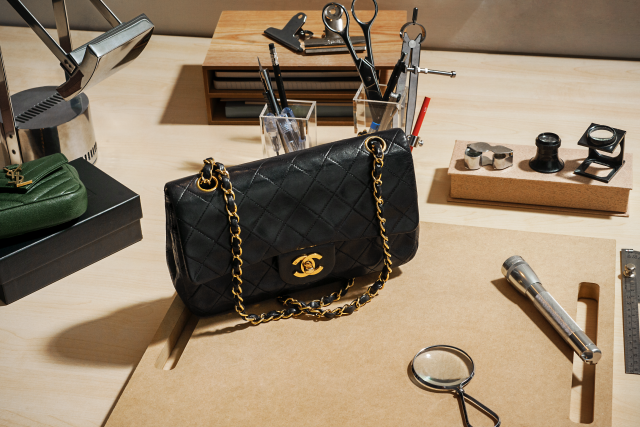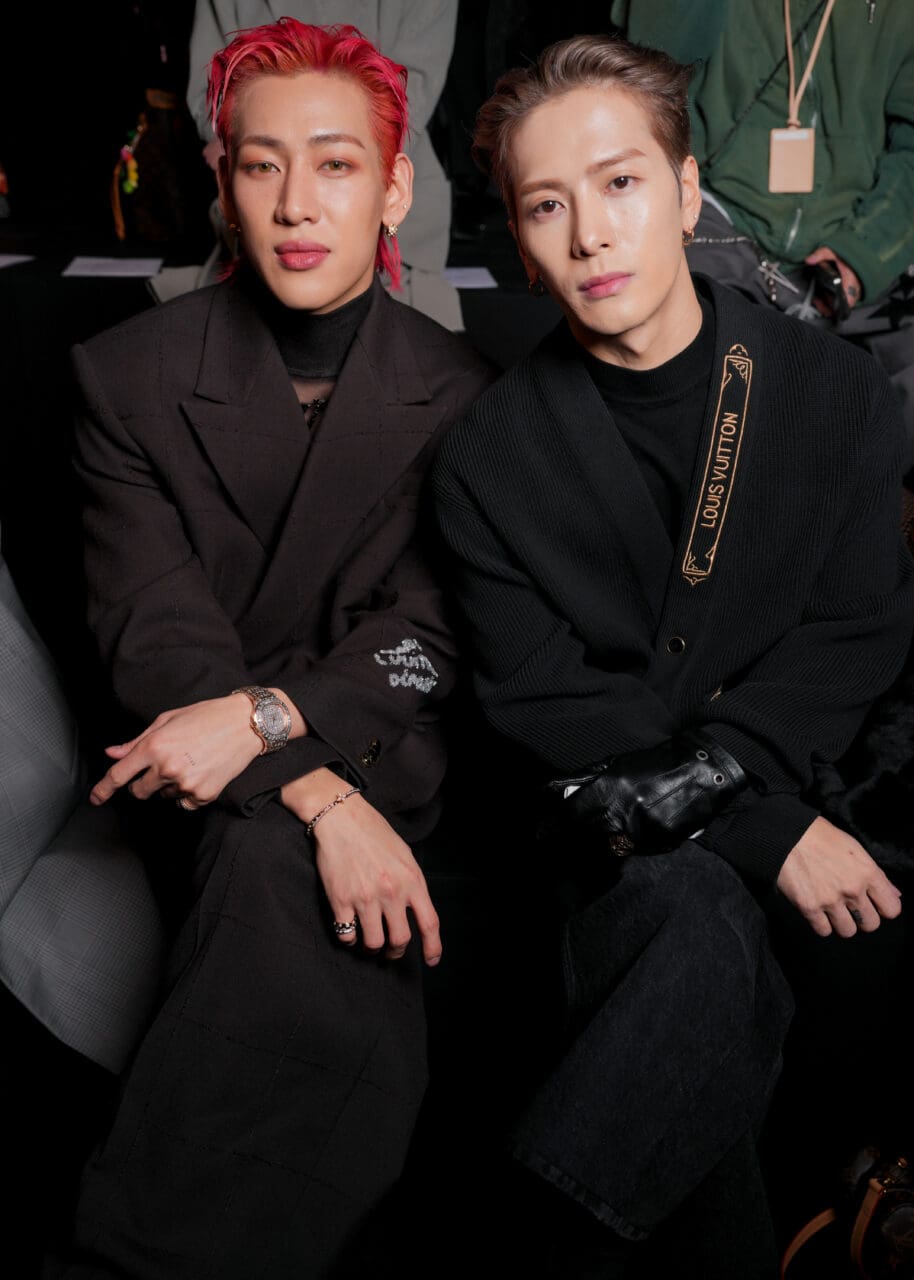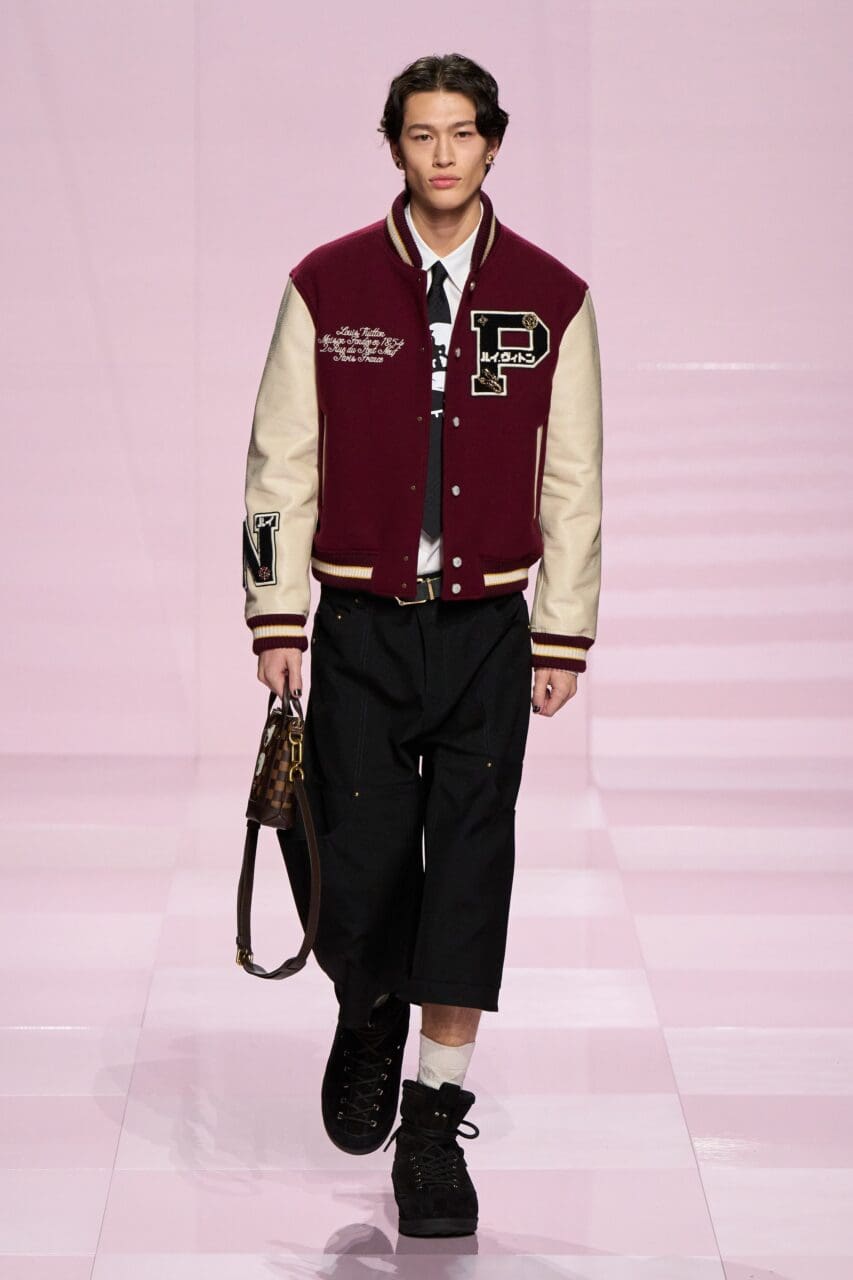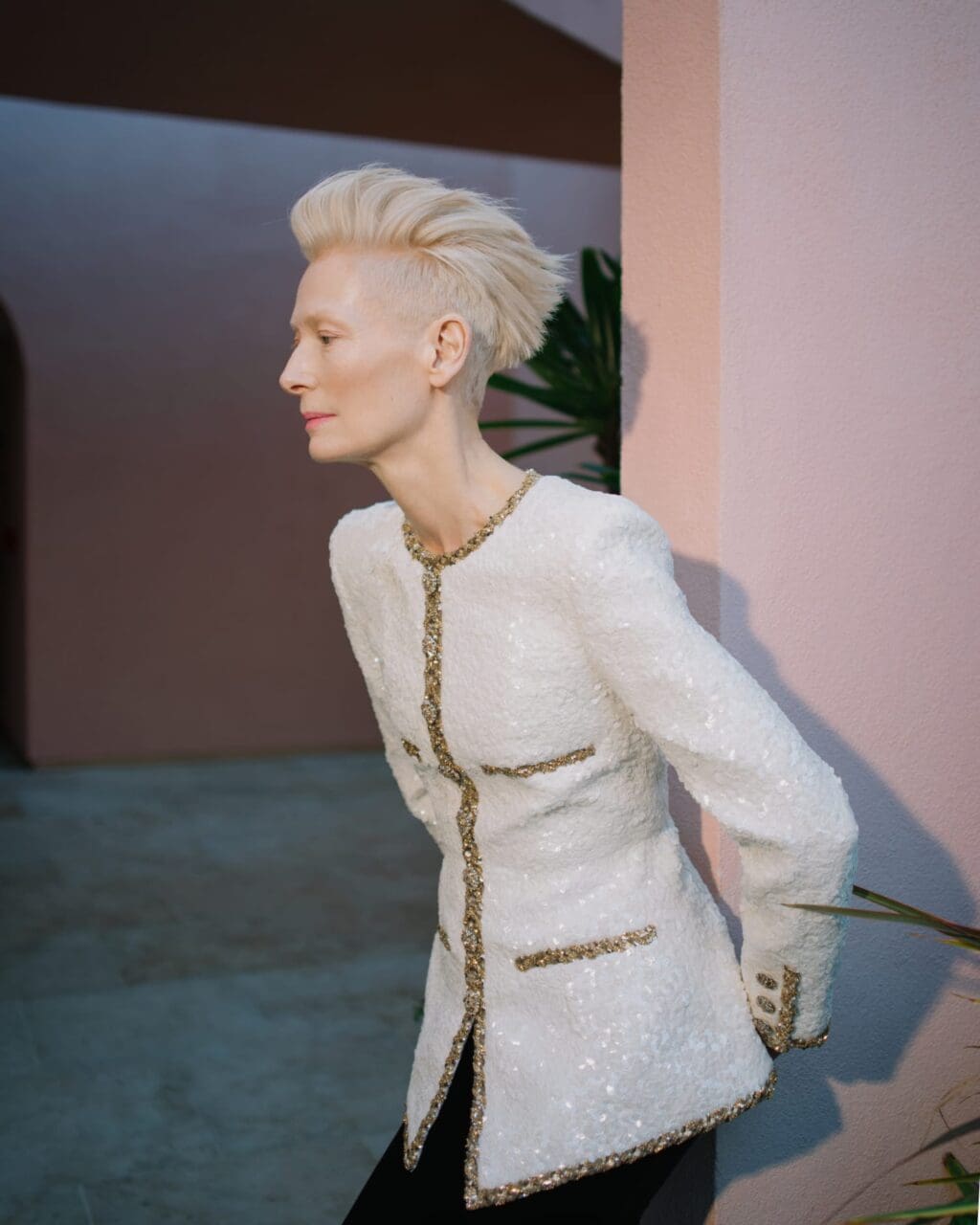In an letter written exclusively for Vogue, the multi-platinum singer songwriter, activist and philanthropist reflects on her love of nature, how we can protect the planet if we work together and why, most importantly, we need to remain hopeful
Hi, I’m Ellie and I’m full of hope about the future. I’m also frequently full of dread, worry, anxiety and bravado, courage, anger, wonder, love and a whole mix of other things because let’s face it, we are complex, us humans. But I’m thankful for this. As songwriters we’re emotional mercenaries. We take your pockets of emotion and heartbreak, and we convert them into songs. If we weren’t a complex species, then we’d have nothing to write about. So, thank you for being complex.
Thank you for remaining hopeful, too. I believe we are hardwired to be hopeful, just as we are hardwired to love nature — you just sometimes have to dig a little. I’m a nature nerd, myself. I grew up in rural Herefordshire on the English-Welsh border, pacing through fields and knowing all the hedgerows, wild flowers and open spaces.
A love of nature is also known as biophilia (the name of an album by my musical hero, Björk, and a book by biologist EO Wilson). Oceanographer Jacques Cousteau pioneered underwater filming so he could bring the ocean ecosystem he loved to cinemas. His aim wasn’t just to entertain, but to also trigger an impulse in us to conserve. He reasoned, “How can you protect what you do not love?” So if you fell in love with nature this spring, during lockdown’s famous ‘nature pause’, now you need to fight to protect it.
We all love hearing stories too, it’s just part of our makeup. To me, climate change is the biggest, most powerful story to impact us. We’re in such a wild situation: the first generation on Earth who know the damage we’re doing to it, and who also know what we need to do to stop it. We’ve also done the most damage in the shortest amount of time. Psychologically, that’s a lot!
Perhaps that’s why the debate about what to do next can come across like the Apocalypse Olympics. When I first started learning more about climate change, I had to sit through a lot of doom-laden presentations. Take it from me, when the highpoint of a presentation is polar bears dying and ice shelves crashing, you know it’s going to be a long night.
For a while, I’ve had this strong sense that I wanted to talk about the environmental emergency. But I wanted to be hopeful about it instead of the usual doom. Then I got my chance. Five years ago, I received an embossed letter from the UN Assembly in New York, that great monolithic building with 193 flags representing member states outside. They asked me to become a global ambassador for the UN’s Environment Programme. I would be introduced by the late, great Kofi Annan, former secretary-general of the UN.
Naturally I was completely terrified and my imposter syndrome kicked in. Who was I to tell world leaders what they should be doing about climate emissions? I can’t remember how many times I tried to get out of giving this speech, but luckily I had a breakthrough. Somehow I realised that the connection I had with nature gave me legitimacy. Did I have a right to speak out about protecting this beautiful planet? Of course I did, and so do you.
I’ve grown much more comfortable in my role. As someone adverse to public speaking, I won’t pretend it’s easy, but it is also thrilling to be able to follow a hero such as Dr Jane Goodall (the brilliant primatologist) on to a platform and express our shared love of the natural world. Every interaction — even virtually, as seen with UN Ocean Day and the Climate Coalition lobby during lockdown — gives you something incredible.
It gives me access to people with hope and a plan. Sometimes the scale of environmental issues seems so daunting that it’s easy to feel overwhelmed. Take plastic, for example: 8 to 12m tonnes of plastic ends up in the world’s oceans each year. But through the UN, I got to visit a turtle sanctuary in Watamu Bay [in Africa] and meet volunteers who treat turtles, removing plastic they’ve ingested. I helped to release a turtle back into the ocean. Rather than feeling overwhelmed, I saw the courage, determination and commitment of those activists at Watamu.
Saving turtles one at a time is obviously not going to solve the plastic crisis. We need to turn off the tap at the source, and stop the ubiquitous use of single-use plastic products that get pushed out into the environment, with no plan for how they will be dealt with. The next thing I try to do is turn my hope into action. For the launch of my album, Brightest Blue, we spent a lot of our time working out how we could make low-impact merchandise, eliminating plastic where we could (our big victory was getting rid of standard plastic shrink wrap. Yes, this stuff gets us excited!) and using post-consumer recycled plastic in products such as cassettes. Wherever we can make an intervention, we go for it!
Since I started publicly pushing for action on climate and nature, there’s been a revolution led by Greta Thunberg and the Fridays for Future movement. My hope comes from the strength of the movement and the direction we’re all moving in, such as pushing leaders to switch from fossil fuels to green energy. For me, the best way to contribute is to keep telling the hopeful stories about how we want our future to look.
Michelle Obama said it brilliantly, as she often does: “History is made by the people who show up for the fight.” The facts about nature and the climate crisis are challenging, but they need to be in order to jolt us into action. The best way to tackle this challenge is to come up with ways of living better together on a damaged planet. In my experience, it feels way better to show up and contribute than to fret at home and do nothing. You’ll never win a medal at the Apocalypse Olympics, but acting with hope will always be a winning strategy.
Ellie Goulding photographed at the Victoria and Albert Museum, London
Photography: Misan Harriman
Makeup: Lucy Wearing
Styling: Nathan Klein
Editor
Ellie Goulding





